4 Ways Your Stored Food Could Become Contaminated And How To Stop It
Congratulations, you’re well on your way to building your stockpile of food. The question is have you considered what would happen if you lost a portion of your stockpile? This could occur by a theft I suppose. Though it seems that food contamination is far more likely. We are going to discuss 3 ways that your stored food could become contaminated. I’ll also mention some solutions that will help you ensure that does not happen.
The 4 main ways your stored food could become contaminated are improper preparation techniques, bug infestation, exposure to moisture, and improper storage temperatures.
Let’s look at each of these in more depth.
Contaminated Food Caused By Improper Preparation Techniques
The most common source of contamination for your stored food will likely be improper preparation techniques.
Dehydrating
Dehydrating meat, vegetables and fruits is a popular way of storing food. As long as the food is prepared properly then it should be safe to store and eat at a later date. If not prepared correctly there is a risk of bacterial issues such as e coli and salmonella. There is also a chance of insect eggs that may have been laid during the processing and drying phases.
The best way to avoid any issues here is to make sure that you pretreat your foods. Generally this involves heating all of your ingredients to at least 160 degrees. You can then reduce the temperature to 135 or so for the drying process. By heating it to this temperature briefly you ensure that the bacteria is killed.
Pretreating for fruits and vegetables frequently involves a rinse in an acidic solution such as lemon juice.
You can avoid insect issues by freezing the product for at least 48 hours after it is finished. This will ensure any eggs are killed.
Tips To Dehydrate Your Own Survival Food
Canning
Canning is another very popular method for storing food. Even though it’s called canning it normally involves storing food in airtight glass jars.
Improper canning can introduce a very toxic substance produced by a germ known as Clostridium botulinum. Poisoning by this toxin results in Botulism. Botulism can affect your nervous system resulting in paralysis or even death.
The best way to avoid this possible contamination is following the details listed in the USDA Complete Guide to Home Canning. They also recommend that you only use a pressure canner and do not rely on the older method of boiling water to seal the cans. The exception to this being if the food is high in acid then the acidity will actually kill the bacteria.
Pickling
Pickling is very similar to canning but generally involves using a much higher acidic substance. Most often this is a combination of vinegar and salt water. The main issue with pickling arises from the dangers of botulism as well.
In order to have a safe acidic level the solution needs to have a pH level of 4.5 or lower. This pH level will ensure that bacteria is unable to grow. Here is an excellent guide on pickling.
Smoking
Smoking is closely related to dehydrating. Though there are some slight differences. With smoking the chemicals found in the smoke, along with the heat kill most of the bacteria, the moisture content is greatly reduced and this prevents the growth of bacteria as well.
The dangers of contamination here stem from not allowing the meat to smoke long enough or improper storage. Once you have smoked the meat you can minimize the exposure risks by vacuum sealing the smoked product.
Some additional tips for smoking meat can be found here.
Bug Infestation Resulting In Contaminated Food Stores
Bugs including cockroaches, weevils, moths and various flies are the second most likely danger of contamination to your food stores.
Cockroaches
Cockroaches are probably the first bug people think of when they think of infestations. However, while they could potentially contaminate your food supplies they are not the biggest threat.
They do however pose health risks if not dealt with. They can spread bacteria such as salmonella, staphylococcus, listeria and E. Coli.
Cockroaches are usually seen fairly early and can quickly be dealt with. Often this treatment can be carried out using products such as Borax or store bought roach traps. This normally ends their migration into your home. You can effectively prevent them by already having the roach traps in several places around your home.
Weevils, Moths and Beetles
These insects are known as commonly as “Pantry Pests”. There is a very detailed guide, including pictures of them, located here from the University of Minnesota. “Pantry Pests” most commonly infest dried goods. This makes them a very real threat to your long term food storage plans.
While these insects can infest food sources anywhere from the time the food leaves the farm up to the point that it arrives on your shelf, infestation most commonly occurred either at the store or in the home.
Since they can easily spread from one package to another you need to take steps to minimize this chance of cross contamination.
The first option is that you can store each food type separate from the others in airtight containers. These can be glass jars, plastic bins or even vacuum sealed bags. This will help to ensure that if you do have a package that is already contaminated it does not spread to your other stores.
Once you have isolated each product in its own container you can freeze these items for at least 48 hours. This is generally enough to kill any larvae or eggs that may have been present. You want to make sure to do this step as soon as possible. This will ensure that the eggs have not had a chance to hatch. They are microscopic and harmless if neutralized in this manner.
If you do find that you have an infestation of them in your pantry or storage area you will need to make sure that you thoroughly clean the area. You can examine your food supplies checking for small spider web structures and signs of meal worms etc. Anything that appears contaminated should probably be discarded and replaced.
Flies, Fruit and House
Flies are probably the least threat to your food source out of these groups of insects. However, fruit flies can be devastating to obviously fruits but also long term vegetables such as potatoes. They will not only speed up the decay of the infested foods they can spread bacteria.
If you discover you have fruit flies you need to quickly deal with them. A single adult female can lay up to 2000 eggs which will hatch and grow to maturity within 2 to 3 days.
The best way to get rid of them is to discard any rotten fruit and create fly traps. These fly traps consist of a glass or plastic container with about ¼ inch of apple cider vinegar inside. Punch a small hole in the top and insert a funnel which creates a way for them to get into but minimizes the chance they can fly out.
Another method I have found is using the same mixture but placing plastic saran wrap over the jar and poking numerous small holes in the plastic.
You can find additional information at this WEB MD article on how to get rid of them.
How Moisture Can Cause Stored Food To Become Contaminated
Unwanted moisture can have a very detrimental effect on your long term food stores. This primarily stems from damage to the seals on jars, paper packaging as well as possible exposure to molds and bacteria.
Rust And Damage to The Jars Causing Them To Be Contaminated
While these are two slightly different things their effects can cause serious issues with your food supplies. If your jars begin to rush then the lids may unseal resulting in exposure to air.
This could bring about the toxins described earlier when we discussed canning. Even if properly packaged in the beginning these toxins could begin growing and result in Botulism. Some signs of the toxins being present if you open a jar is a strange smell, or liquid oozing out that shouldn’t be. There could also be an unusual film over the surface. If any of these signs are present DO NOT CONSUME IT.
You can prevent this damage by ensuring the area that you store your food is dry and has minimal excess moisture. It is best if all of your food stores are kept in a cool dark space that is dry. Avoid areas near furnaces, pipes and areas that have large temperature changes.
You want to ensure that you protect canned and jarred foods from freezing and avoid storing them directly on the floor. This is particularly true for metal or concrete as moisture could wick up to the can and encourage rust. You can check out a more detailed canned storage guide here at Utah State University.
Damage To Paper And Cardboard Containers
Many food products come in paper and cardboard packages. Some examples of these items are dried pastas, flours and corn meals among many others. These types of packaging can be extremely susceptible to damage from moisture.
If the moisture is allowed to penetrate the packaging then it could result in mold both on the packages and on the actual food itself. There could also be bacteria growth.
The best way to avoid this form of damage is to either place the food or the food and package inside of plastic receptacles such as buckets and ziplock bags.
A very popular technique is storing these items in vacuum sealed mylar bags. These bags are air tight and will prolong the life of the material stored in them.
Molds and Bacteria
Molds and bacteria growth caused by moisture can pose a problem to your food stores even if they are safely packaged inside of airtight mylar bags. If the location where you store your food has a high moisture content and mold is allowed to grow on the walls, shelves or floors then you could contaminate your food supplies when you go to retrieve some.
Make sure that you keep your stockpile area clean and dry. Depending on the environment you are in and the humidity levels you may want to consider a dehumidifier. This will help with reducing the moisture levels.
Another way to minimize mold is to paint the storage area with paint that has been treated with mold inhibitors. This will help keep down the area that mold could grow to a minimum.
Temperatures Contaminating Your Food Stocks
The effects of temperature on your stored food could be surprising. You generally want to store your food in a cool dry location. According to the USDA each 10 degree drop in temperatures can double the storage life of seeds.
So with that in mind high temperatures would cause your food to deteriorate much faster. At the same time, extreme colds can damage your canned foods.
For most purposes a stable temperature of between 40 and 70 degrees Fahrenheit is best. This makes basements and other underground storage locations ideal as long as the moisture is controlled. Frequently underground temperatures hover at around 60 degrees in all but the most extreme conditions.
You want to avoid temperatures much lower than that for canned foods though. If canned foods are exposed to extreme colds it can cause freezing and damage to the cans. The concern here is obvious rupture of the cans, though even more dangerous is the can that is damaged but does not show obvious signs.
In these instances air could seep in causing the food to become contaminated and begin to grow bacteria or toxins that could prove fatal if consumed.
Awareness Is The First Step To Avoid Contaminated Food
Being aware of these dangers to your food supplies is the first step to making sure that you can properly protect your supplies. Check your supplies over and make sure that you have made plans to combat these four potential sources of contamination.
While you are here check out our Prepper Storage Lists to see if there are any items that might be missing from your stash.
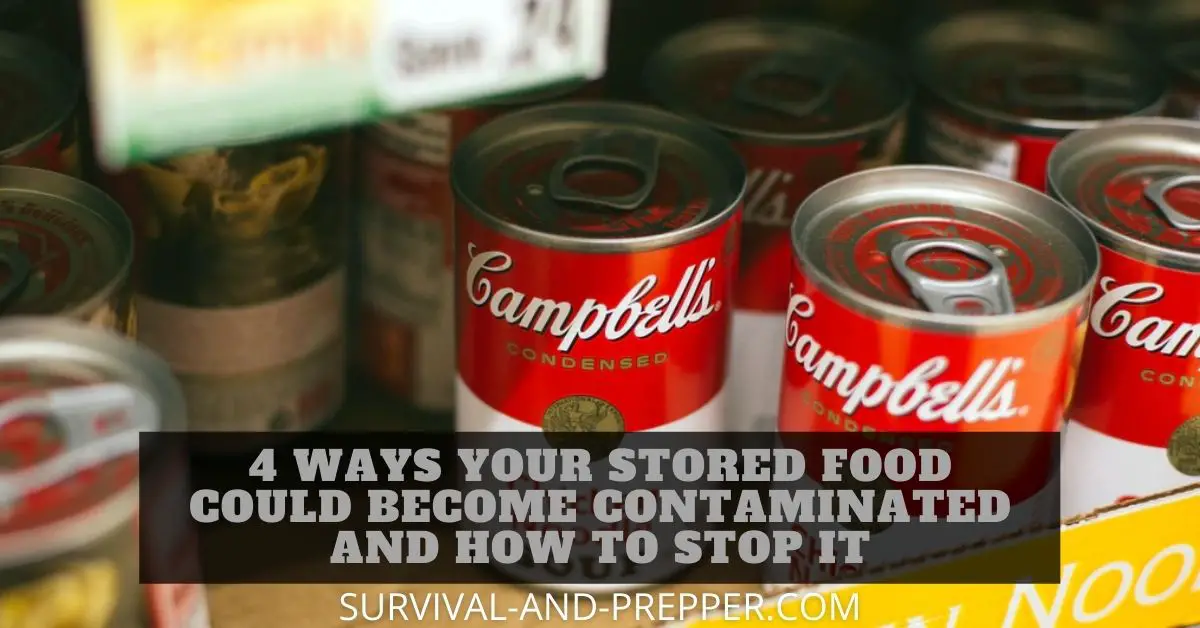
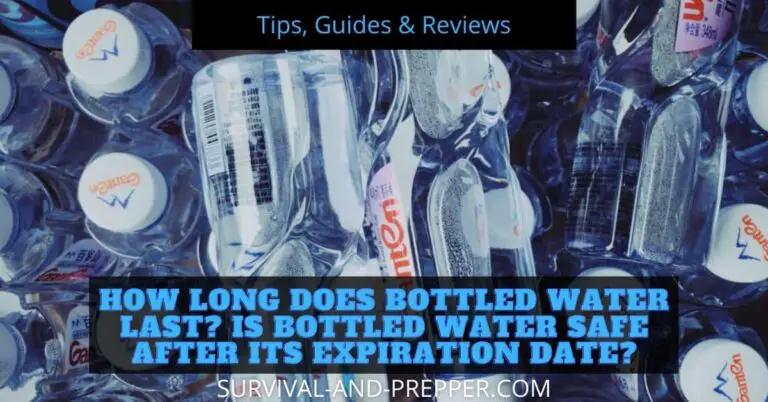
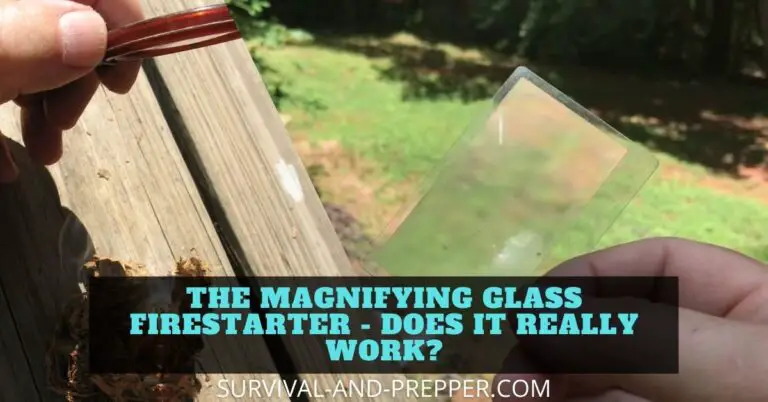
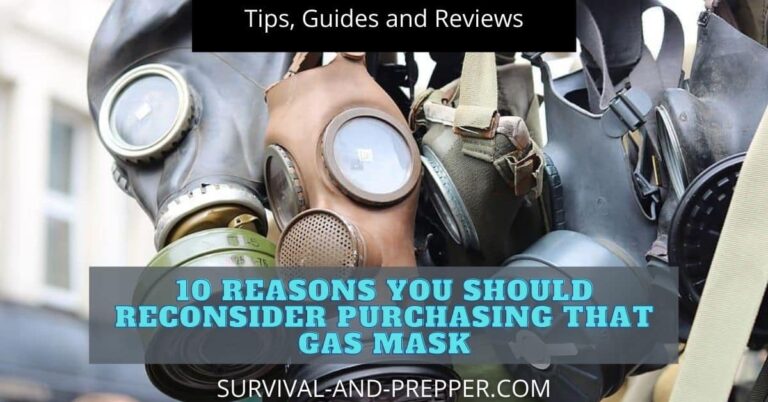
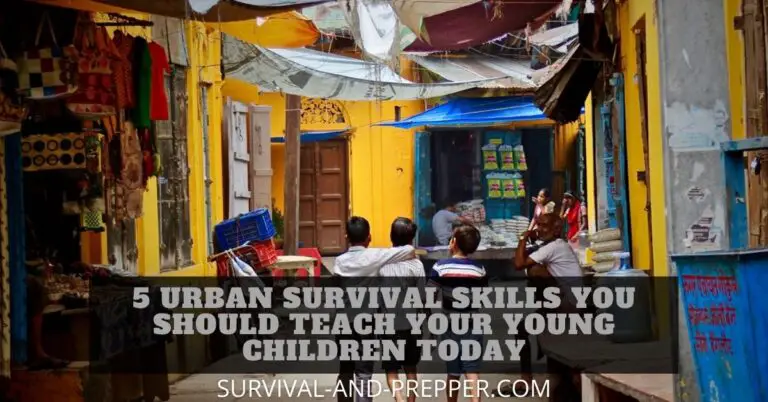
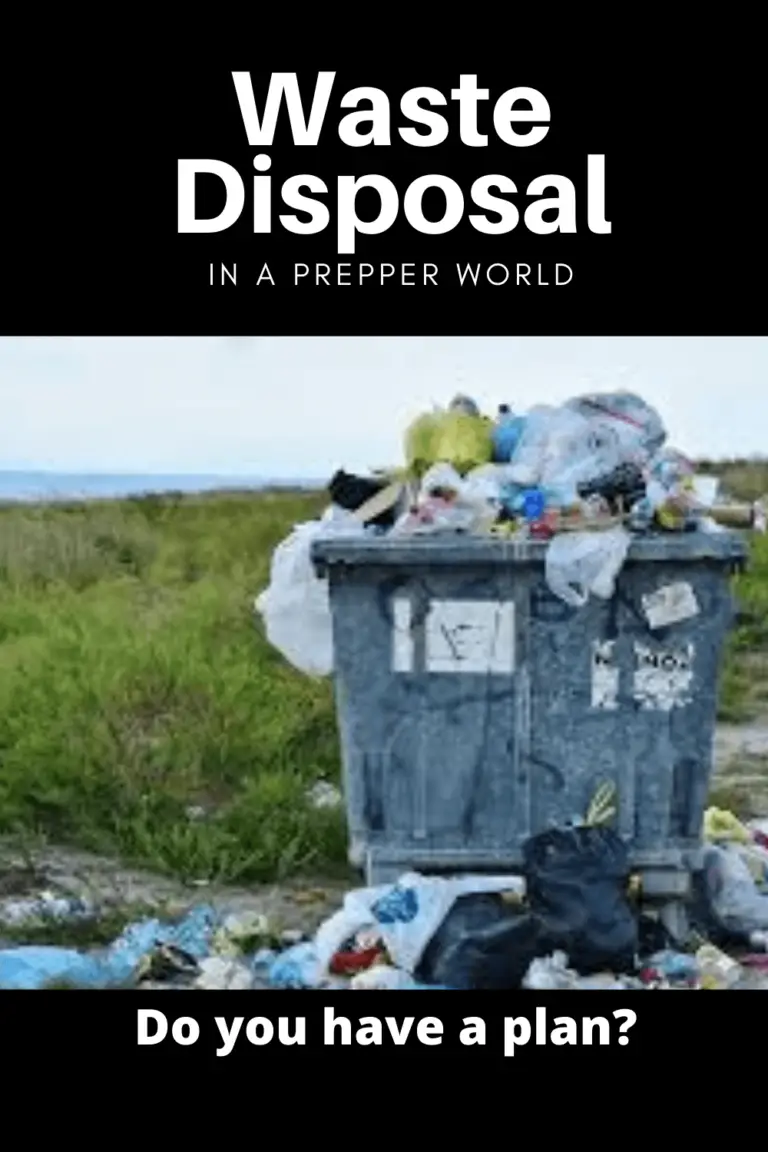

One Comment